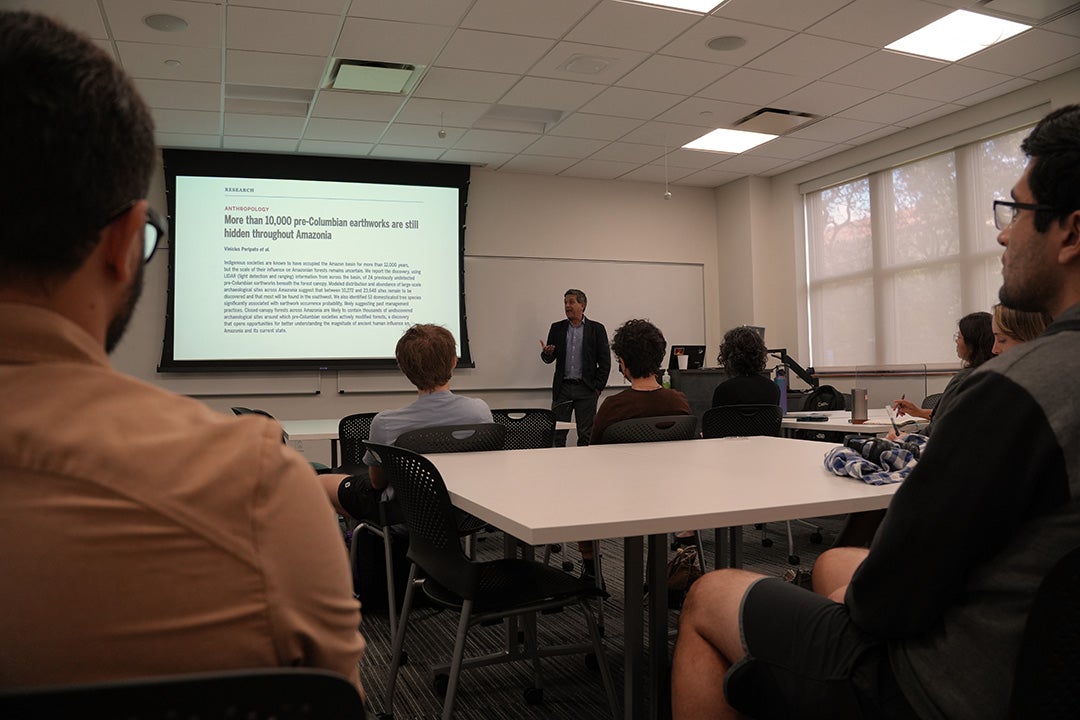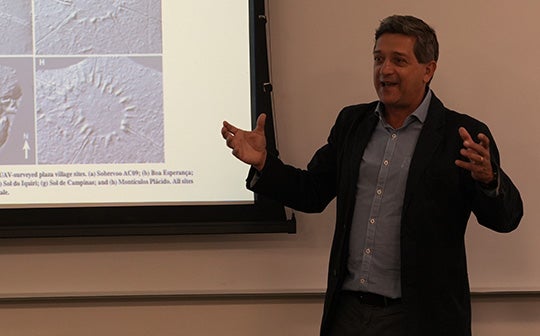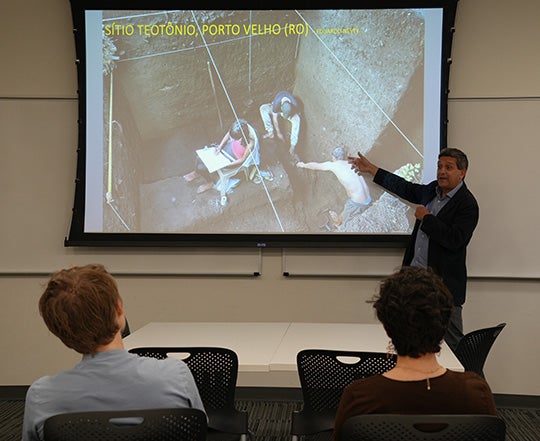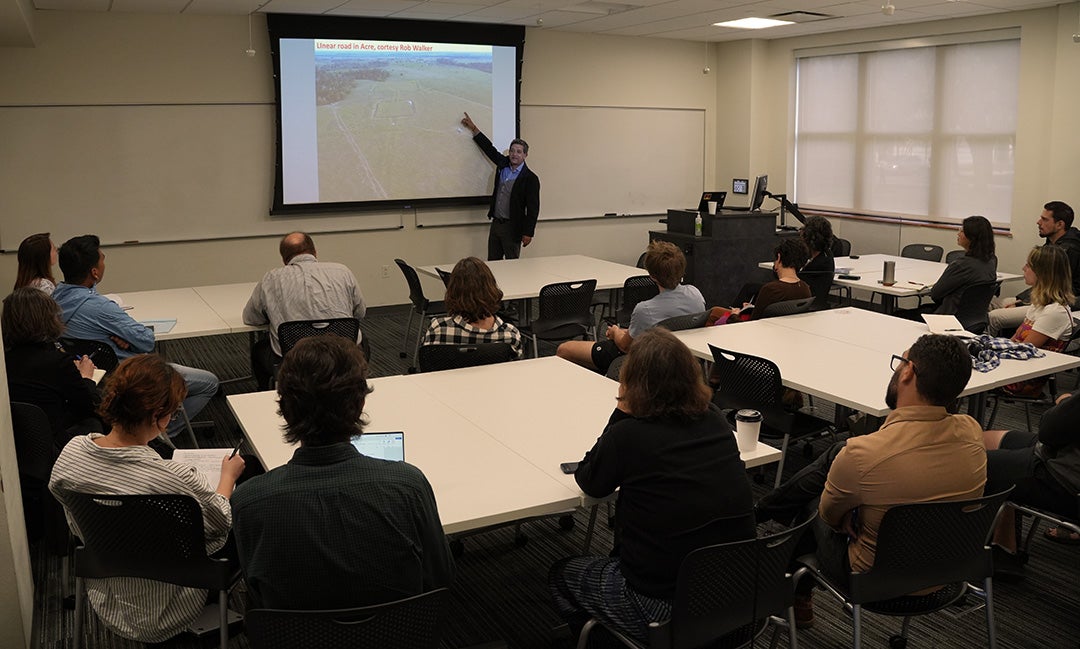
Rice University hosted professor Eduardo Góes Neves from the University of São Paulo, Brazil Feb. 22 for a discussion titled “Roads of Creation, Roads of Destruction: Landscapes in Conflict in Contemporary Amazon.” Neves, an archaeologist with more than 30 years of experience studying the Amazon region, presented research that challenged previous conceptions of human occupation in the world’s largest tropical rainforest.

Neves’ extensive investigations have revealed a diverse and ancient human presence in the Amazon, dating back thousands of years. Contrary to prior beliefs, his research uncovered evidence of sophisticated agricultural practices, including the cultivation of rice, manioc and palm trees. These findings revolutionize the traditional understanding of the Amazon’s agricultural limitations, leading Neves to assert that the rainforest is not merely a natural heritage site but a biocultural one.
“It’s a very exciting time to do archaeology in the Amazon because of the use of lidar,” Neves said. “Places that were already known are being restudied, and places that were not known are being mapped for the first time.”
During the lecture, Neves emphasized the integral role of Indigenous peoples in shaping the Amazon’s landscape and history.

“It’s impossible to disentangle the Amazon that we know today from the lives and the history of the Indigenous people who have been living there for millennia,” Neves said. “There’s no future for the forest without a future for the people who have been living there for the last millennia.”
Moreover, Neves highlighted the discovery of ancient earthworks such as residential platforms and civic-ceremonial complexes, shedding light on the diverse ways ancient peoples inhabited and interacted with their environment. Particularly striking were the intricate systems of roads and farming, demonstrating how ancient communities managed water and utilized fertile soil along the Andes’ eastern slopes.
Neves stressed the urgency of his research in combating destructive activities such as logging and cattle ranching, which threaten the Amazon’s delicate ecosystem.

“Some of the destruction is based on the idea that the Amazon has never been really settled in the past, that there were never many people there, that it’s kind of up for grabs,” Neves said. “I think this kind of work, archaeology in general, and this kind of research is really important because it adds to the evidence showing the Amazon wasn’t an empty place.”
Neves’ visit was an interdisciplinary effort organized and sponsored by Rice’s Center for Languages and Intercultural Communication, Initiative for the Study of LatinX America, Humanities Research Center, Center for Environmental Studies and Department of Anthropology.

